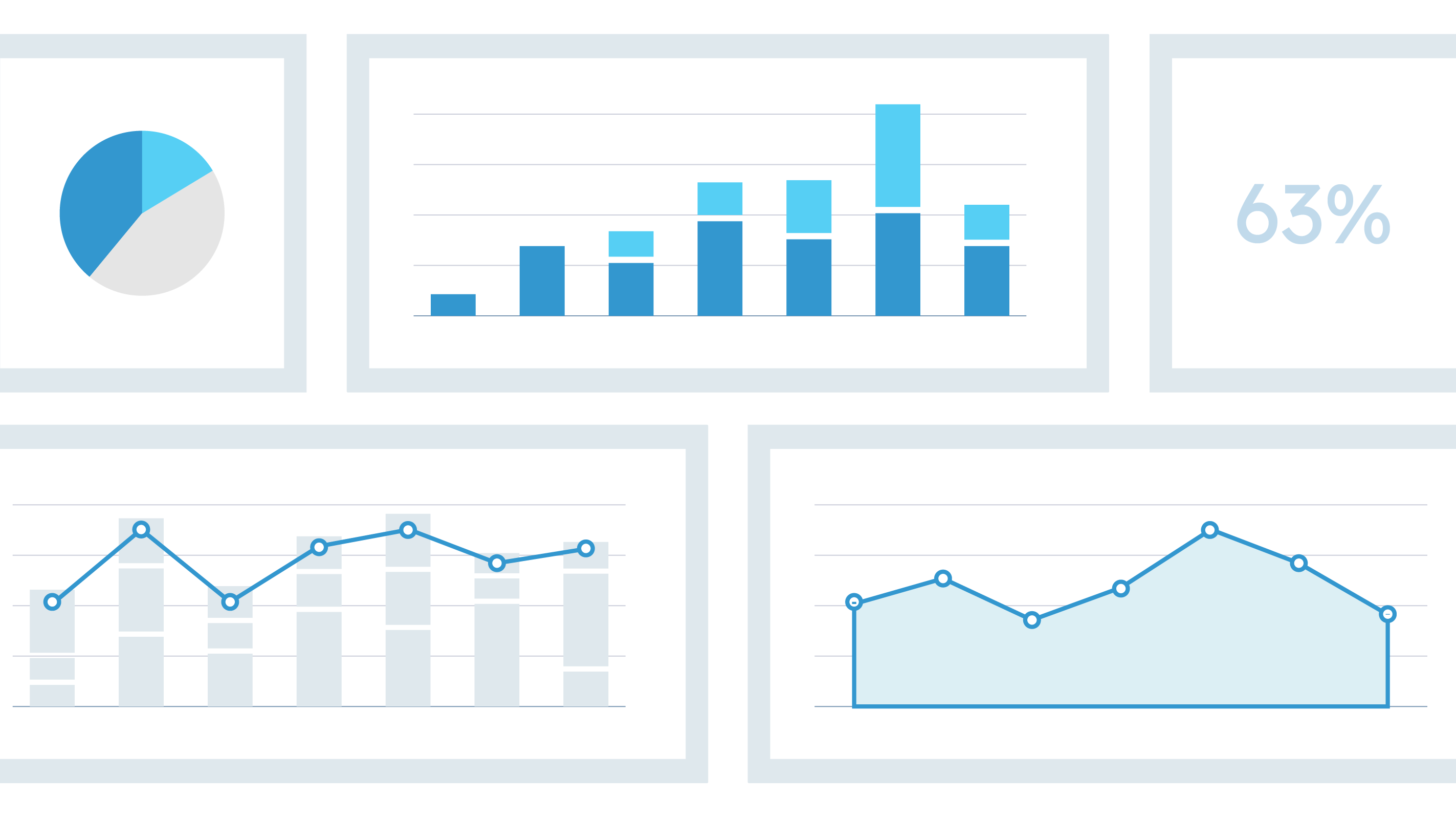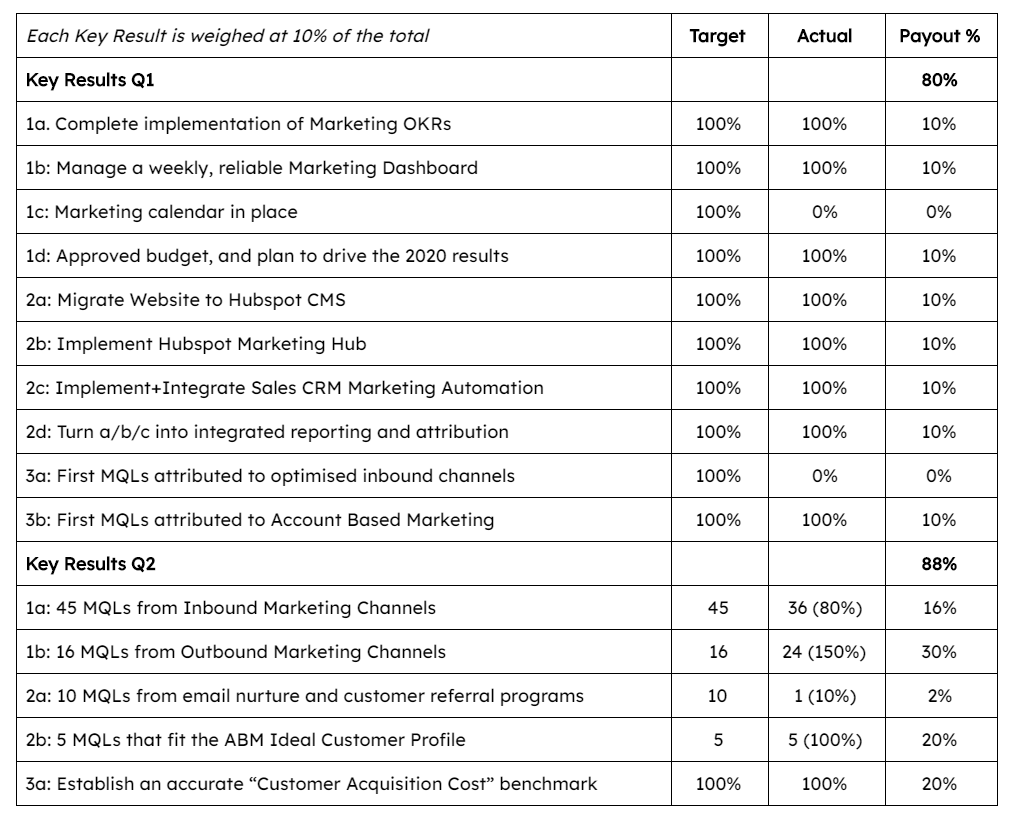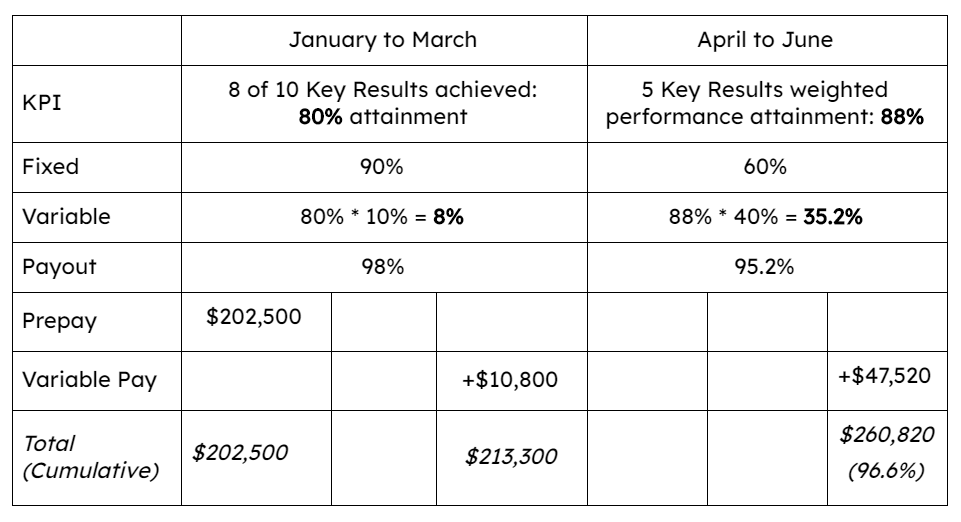The 10 best B2B SaaS podcasts for founders and CEOs
Here are the 10 most valuable podcasts to help B2B SaaS entrepreneurs, CEOs, and founders stay up to date with B2B SaaS marketing trends and news.

As a B2B SaaS founder, you need more than just promises—you need measurable results that directly impact your growth.
But how do you ensure your marketing agency is truly accountable for delivering those results?
At Kalungi, we’ve built a pay-for-performance model designed to align our compensation with your success. This approach ensures that every dollar spent on marketing contributes to hitting your growth milestones.
Here’s how we deliver real outcomes while maintaining full accountability.
Most of Kalungi’s clients would like to hold us accountable for specific results. If they outsource their complete marketing function to us, they want to include a Pay-for-performance model into the engagement.
We agree.
Here’s how we do it.
First you need to agree on what good results look like.
We measure success for a full year engagement in 3-month increments. These stages allow us to be accountable for concrete milestones early in the engagement (as we are building capability), and move towards outcomes as the marketing function matures.
We prefer to use the system of “Objectives and Key Results”, or “OKRs” to measure results. The following example assumes you outsource your complete Marketing Function for a full calendar year.
Within the first three months of the engagement, success will be measured by:
Objective 1: Get a marketing leadership system and -rhythm in place
Objective 2: Implement Marketing Technology Infrastructure
Objective 3: Build new Demand Generation Channels
To support “Performance-based Payment”, each of the above Key Results will count for 10% achievement, adding up to 100% when all get completed.
After building the foundation in Q1, success in the second quarter will be measured by specific outcome KPIs. Given the length of an average sales cycle, these are mostly “leading indicators” for downstream revenue impact.
Objective 1: Drive Demand to support 2020 Growth Goals
Objective 2: Build a sustainable “FlyWheel” of Growth Marketing
Objective 3: Create a net positive ROI demand generation machine
For the “Performance-based Payment,” each Key Result counts as 20%, adding up to 100%.
For the last two quarters of the year, success will be measured by specific results. Given the length of the sales cycle, marketing should now result into qualified opportunities and customer wins.
For the “Performance-based Payment,” each Key Result counts as 20%, adding up to 100%.
The exact target # and definition for these KPIs will be confirmed in the first three months of the engagement, as part of defining the plan and budget and incorporating a reliable dashboard. Duplicate contacts/companies that overlap with existing CRM records will be filtered out.
The last quarter builds on Q3, and just asks for bigger numbers. Now that Q3 forms the benchmark, Q4 can be about stretch goals and getting more of what works.
Kalungi is comfortable making part of our earnings dependent on hitting specific performance KPIs.
As the variable part of the total marketing cost grows, our customers can redeploy or increase variable dollars into specific growth levers/media with the best returns.
As your agency builds the marketing function, the amount of variable compensation can grow.
Here is an example of a payment schedule that Kalungi has used with one of our customers. It shows how the total amount of the engagement is subject to the split in fixed/variable compensation.
Most agencies require a minimal payment, especially for the first part of the engagement when many capabilities (content, infrastructure, processes) are built.
When working with Kalungi, a customer will only prepay the fixed portion of the engagement. After the 3-6-9-12 month mark, you will receive an invoice for the variable part, based on KPI achievements.
Here is an example:
| Option | On-target payment | Variable part | Effective pre-payment |
| 1. Pay-as-you-go | $50k/month | N/A | $50k (100%) |
| 2. 3 month pre-pay | $142.5k/3 months | $14,250 (10%) | $128,250 (90%) |
| 3. 6 month pre-pay | $270k/6 months | $67,500 (25%) | $202,500 (75%) |
| 4. 12 month pre-pay | $480k/12 months | $192,000 (40%) | $288,000 (60%) |
Using the OKR definitions and performance per quarter, we combine the fixed/variable split per quarter and actual KPI performance to calculate the fixed and variable payments for the applicable payment period.
 Example Payout - 6-Month Pre-pay
Example Payout - 6-Month Pre-payFor a pre-paid commitment, we use the per month average payment for the variable payout calculation. For a 6-month prepay commitment, this is $67,500. The total cost would be as follows based on the example performance against the 10 agreed upon “Key Results”.
This is what the payout cash flows look like for a Six month engagement:
This is what the payout is based on per month This is what the payout is based on per month:
This is what the payout is based on per month:
At Kalungi, we stand behind our results. When you commit to a 6- or 12-month pre-pay engagement, you can opt out within the first 30 days if you're not fully satisfied, paying only for the first month’s retainer. Your remaining balance will be refunded in full. We believe in performance-driven partnerships and offer flexibility to ensure your success.
Ready to drive results?
Schedule a consultation with our team today to see how Kalungi’s pay-for-performance model can fuel your B2B SaaS growth. Let's build a winning strategy together!
Stijn is Kalungi's co-founder and board member. He is a serial SaaS marketing executive and has over 30 years of experience working in software marketing. He is co-author of the T2D3 book and masterclass that helps startups drive exponential growth.
Here are the 10 most valuable podcasts to help B2B SaaS entrepreneurs, CEOs, and founders stay up to date with B2B SaaS marketing trends and news.
HubSpot Academy provides many very helpful courses for B2B SaaS marketing and sales teams to help make the most out of the platform. Check out my top...
Learn how to manage the cost per lead for your B2B SaaS company here
Be the first to know about new B2B SaaS Marketing insights to build or refine your marketing function with the tools and knowledge of today’s industry.